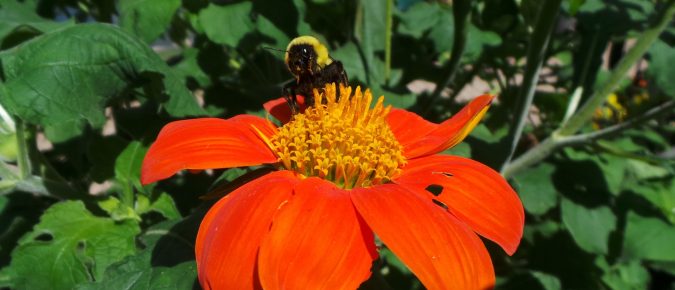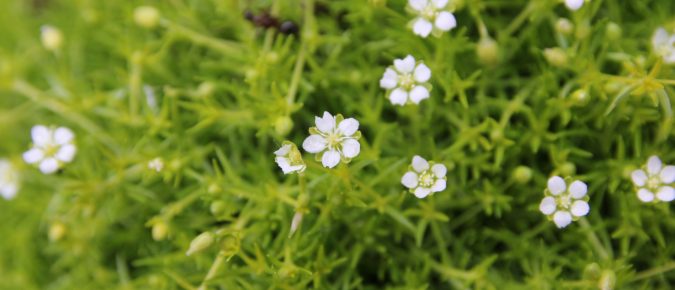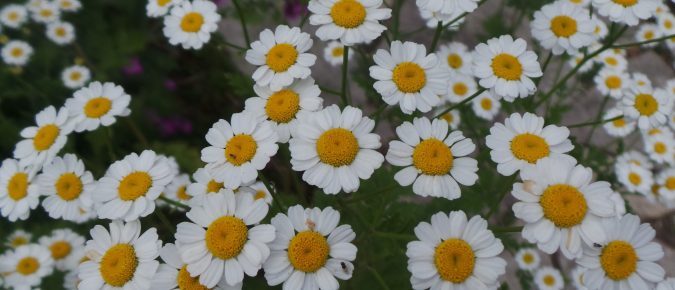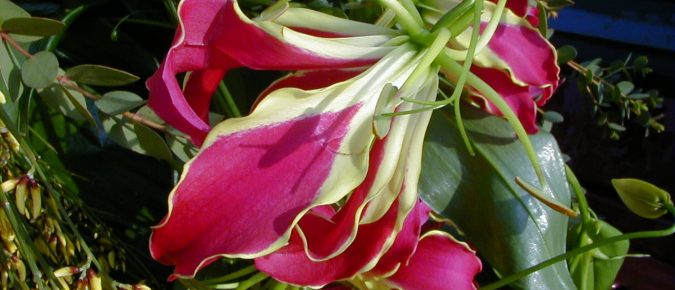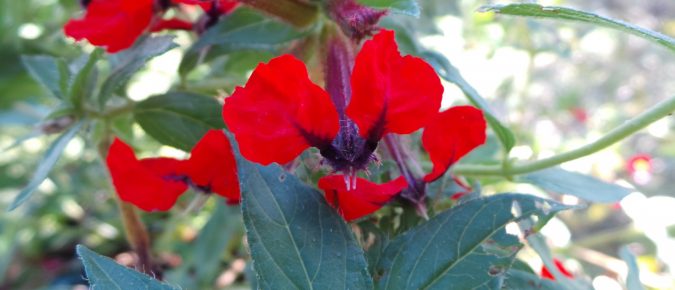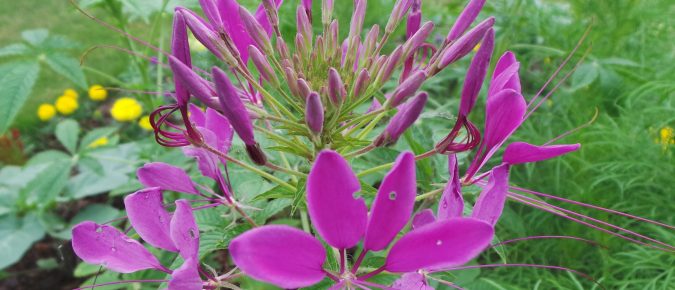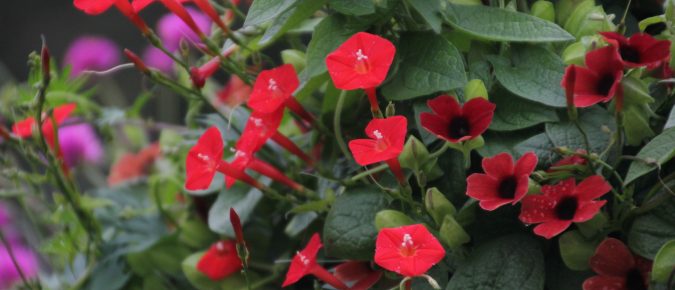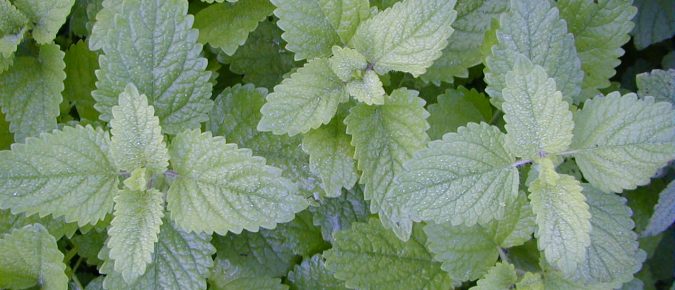With showy red flowers popular with pollinators, tithonia or Mexican sunflower is a warm season annual that thrives in the heat of summer. The species, which grows over 6 feet tall, makes a great backdrop or seasonal screen, but there are shorter cultivars better suited to small gardens. Learn more about this low maintenance Mexican native in this article.
With soft, dense feathery spikes of bright pink, red or purple produced in profusion, wheat celosia adds eye-catching upright flower architecture in the ornamental garden. Easily grown from seed, the flowers are great for fresh and dried flower arrangements, too. Learn more about this long-flowering annual plant in this article…
With a lush, velvety appearance, Irish or Scotch moss forms a luxurious carpet of green or gold, respectively. Not a true moss but a flowering plant, these evergreen ground cover plants resemble moss until their small white star-shaped flowers begin to bloom. Learn more about these plants that make a great filler between flagstones or spilling over rocks…
With attractive ferny foliage and eye-catching blooms, chamomile can be a nice addition to the ornamental garden or herb garden. This Eurasian annual is easily grown from seed for its yellow and white daisy flowers that are harvested to make chamomile tea. Learn more about Matricaria chamomilla in this article…
The exotic flowers of gloriosa lily, with their amazing color and an unusual shape, make a flamboyant statement in the garden or in a container on a patio. This twining perennial vine with tendrils coming from the tips of the leaves grows from a tuberous rhizome to produce the striking flowers in summer and fall. Learn more about this climber native to Africa and Asia in this article…
At this time of year Halloween-themes dominate, with pumpkins, ghosts and bats abounding, so in that spirit here’s a Halloween-themed flower: bat-faced cuphea. The name comes from the resemblance of the unique flowers to a little bat face when viewed from the right angle. Learn more about this Mexican native which is often offered as an annual in cool climates…
Spider flower is fast growing, self-seeding annual with delicate and airy flowers in showy, exotic looking heads of pink, white or purple. These eye-catching plants provide a splash of color from summer through frost when planted in mass or as a backdrop for shorter companions in the annual or mixed garden. Learn more about this cottage garden favorite in this article…
Looking for a vigorous annual vine to quickly cover a trellis, fence or arbor? Cardinal climber offers attractive, ferny foliage and bright red flowers later in the season which are very attractive to hummingbirds. Learn more about this heirloom ornamental with few pests and little maintenance requirements in this article…
If you want to add some lemon zest to your garden, but can’t grow a lemon tree, consider trying some lemon-scented herbs or other plants. This article covers plants that have scents suggesting lemons.
Add some blue to any garden with the herbaceous perennial mealycup sage grown as an annual. The shrubby upright clumps produce tall, sturdy flower stems above the foliage, with dense whorls of dark blue, light blue, purple, or white flowers. Learn more about these tough, heat-tolerant plants that bloom from early summer to frost…
If you want a glamorous and spectacular plant to bring an exotic look to your garden, and sweetly fragrant flowers, try growing kahili ginger. This showy subtropical plant is an attractive foliage plant even when it doesn’t have its terminal spikes of striking yellow and red fragrant flowers. To learn more about Hedychium gardnerianum, read this article…
With bold-textured, silvery blue foliage, honeybush (Melianthus major) makes a spectacular specimen plant in containers or in the border. This South African native is evergreen only in zones 9 and 10, but its rapid growth means it can be used as a seasonal ornamental to provide a lush, exotic look in cooler climates. Learn more about honeybush in this article…

